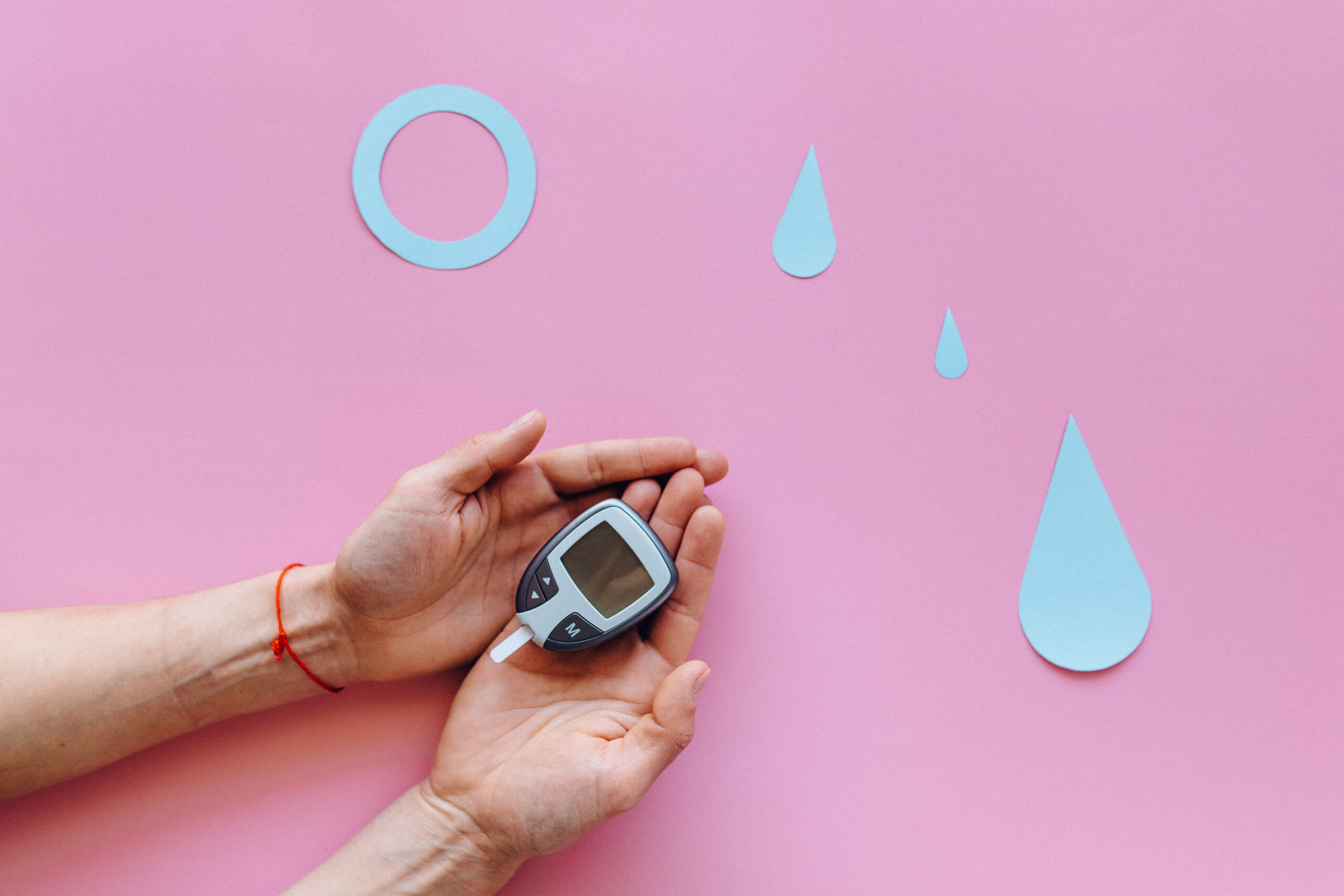How does exercise affect blood sugar levels?
Title: The Impact of Exercise on Blood Sugar Levels: Unveiling the Remarkable Connection
Introduction:
Maintaining stable blood sugar levels is essential for overall health and well-being. While diet plays a crucial role in managing blood sugar, exercise is equally important in keeping these levels within the optimal range. Physical activity not only supports weight management but also has a direct impact on blood sugar regulation. In this article, we will explore the fascinating connection between exercise and blood sugar levels, along with the benefits it offers for individuals with diabetes or those at risk.
Understanding Blood Sugar Levels:
Before diving into the influence of exercise on blood sugar, let’s first review what blood sugar levels entail. Blood sugar, or glucose, serves as the primary source of energy for our body’s cells. It comes from the food we consume, especially carbohydrates. The hormone insulin, produced in the pancreas, allows glucose to enter our cells, thus lowering blood sugar levels. In individuals with diabetes, either insufficient insulin is produced (Type 1 diabetes) or the body becomes resistant to its effects (Type 2 diabetes), leading to elevated blood sugar levels.
The Impact of Exercise on Blood Sugar:Engaging in physical activity can have a profound effect on blood sugar levels, both during and after exercise. Here’s how exercise works its magic:
1. Increased Insulin Sensitivity: Exercise helps improve insulin sensitivity, enabling our cells to utilize glucose more efficiently. When we exercise, our muscles require additional energy, prompting them to absorb glucose from the bloodstream without the immediate need for insulin. As a result, blood sugar levels decrease.
2. Enhanced Glucose Transport: Physical activity activates specific proteins called glucose transporters, especially the GLUT4 molecules, which facilitate the transport of glucose into cells. Regular exercise encourages the enhanced expression and increased distribution of these transporters, ensuring better glucose uptake and storage.
3. Decreased Liver Glucose Production: Intense exercise stimulates the liver to reduce its glucose production. During physical activity, our muscles prioritize glucose extraction from the blood, leaving less glucose available for the liver to produce. Consequently, this lowers blood sugar levels.
4. Post-Exercise Benefits: The impact of exercise on blood sugar continues even after the physical activity ends. For a few hours after exercise, our muscles remain highly sensitive to insulin, leading to increased glucose uptake and improved blood sugar control. This effect can persist for up to 48 hours following vigorous exercise, providing extended benefits.
Benefits for Diabetes Management:Regular exercise offers numerous advantages for individuals with diabetes:
1. Improved Blood Sugar Control: By incorporating exercise into their routine, people with diabetes can better manage their blood sugar levels and reduce the risk of complications associated with high blood sugar.
2. Weight Management: Exercise is a powerful tool for weight management and can help individuals with diabetes achieve or maintain a healthy weight. Proper weight management substantially improves blood sugar control.
3. Cardiovascular Health: Physical activity strengthens the heart and improves circulation, reducing the risk of cardiovascular diseases, which are prevalent among those with diabetes.
4. Enhanced Insulin Sensitivity: Exercise assists in improving insulin sensitivity, potentially leading to a decrease in the required insulin dosage for individuals with diabetes.
Choosing the Right Exercise:
When considering exercise for blood sugar management, it is important to choose activities that suit your fitness level and personal preferences. Aim for a combination of cardiovascular exercises such as brisk walking, cycling, swimming, or dancing, alongside strength training exercises. Remember to start gradually and seek guidance from a healthcare professional.
In conclusion, exercise plays a pivotal role in blood sugar management. By improving insulin sensitivity, increasing glucose transport, reducing liver glucose production, and providing post-exercise benefits, physical activity assists in maintaining stable blood sugar levels. For individuals with diabetes, incorporating regular exercise can have significant positive outcomes, improving overall health and reducing the risk of complications. So, lace up your sneakers, get moving, and embrace the remarkable connection between exercise and blood sugar control.



